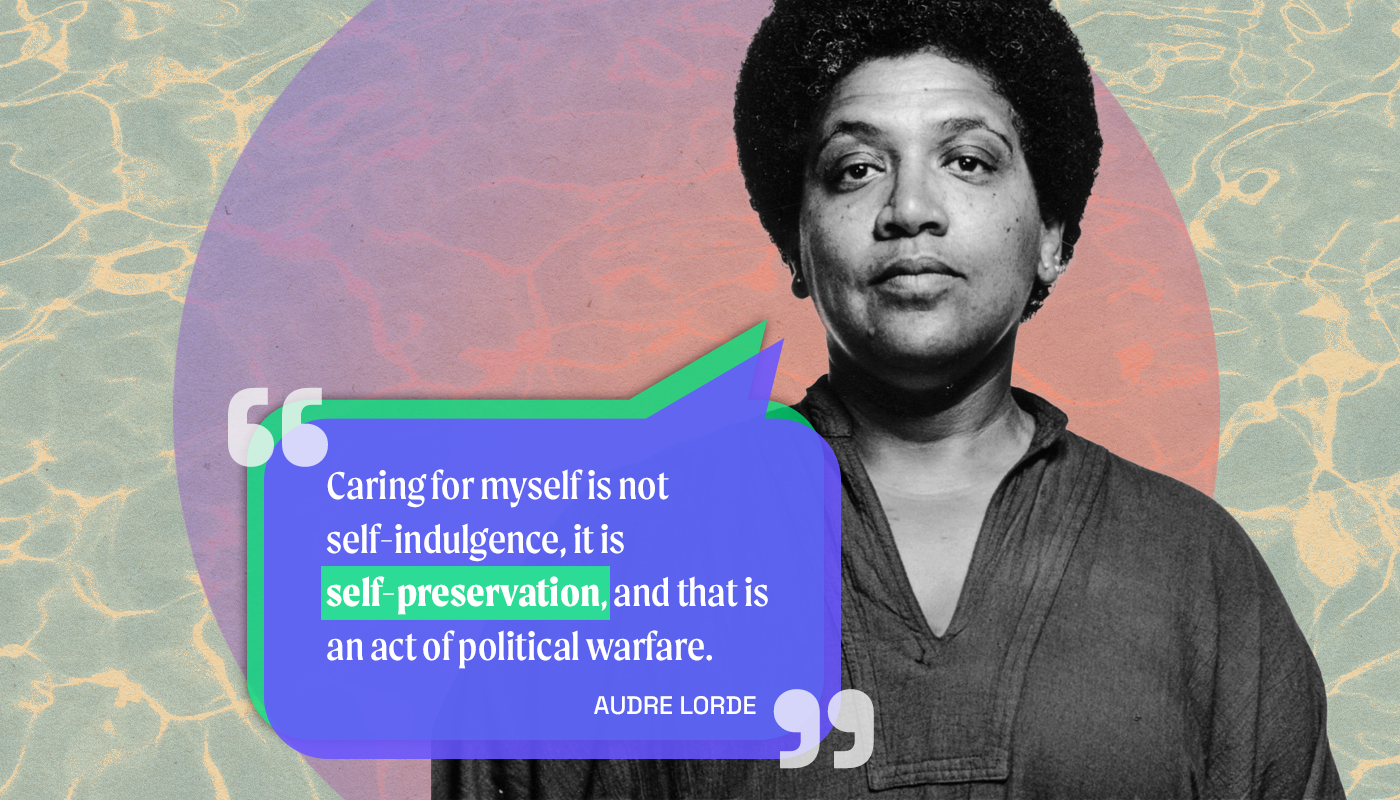Advancing gender equity at work, from bias to paychecks
Four strategies to advance gender equity at work.

During the COVID-19 pandemic, gender parity has widened even further than it was pre-pandemic: The World Economic Forum’s 2020 Gender Gap Report estimated that gender parity was 99.5 years away. Its 2021 Report estimated 135.6 years instead.
To close this gap, let’s unpack four insights to keep in mind as we fight the good fight for gender equity at work. Celebrating women is incomplete without tangible improvements to women’s outcomes. None of these are “small” actions — especially if you need to rewire your whole understanding of how gender works — but some are certainly more feasible than others.
Lest male readers turn away, this paragraph serves as a reminder that we need you here too. Women advocating alone hasn’t seemed to work at eradicating gender violence and discrimination, so men do need to get on board too.
Four things to know to advance gender equity at work
And how to put them into action.
1. #BreaktheBias
The International Women’s Day 2022 theme is #BreaktheBias, highlighting the individual and collective biases against women that fuel gender inequality in our economy, politics, culture, and society. As the IWD website says, “Whether deliberate or unconscious, bias makes it difficult for women to move ahead. Knowing that bias exists isn’t enough, action is needed to level the playing field”. So what does action look like? It looks like paying attention to the everyday biased remarks you might see or hear. Instead of brushing them away, refuse to tolerate them. For instance, the Wates Group, a British construction and development company, made posters clearly stating that sexist behaviors and remarks were unacceptable. The posters called out statements like, “She’s not bad to look at” or “No one had a problem in the good old days.” There are many ways to respond if you hear someone making a sexist comment, from the unequivocal: “Hey, that’s not OK” to the less intimidating “What did you mean by that?” which forces them to explain their sexist statement until the sexism is obvious (i.e. “No one had a problem in the good old days because back then men could harass women and there were no consequences!”).
2. Gender equity at work means everyone — women, men, all genders
Historically, women’s rights movements have not been the most inclusive, from suffragettes who only fought for white women’s right to vote to trans-exclusionary “feminists.” We need to expand our view of gender equity to realize that this movement is for everyone, which means not excluding anyone — even men. For instance, the harmful belief that women are overly emotional rests on the harmful belief that men cannot or should not be emotional. Telling women their emotions make them unfit for political office goes hand in hand with telling boys and men that “real men don’t cry.” They’re two sides of a sexist coin. Like all efforts to make society more inclusive, gender equity at work benefits us all.
3. Recognize and reward the work women do, even if you don’t think of it as ‘work’
McKinsey’s Women in the Workplace 2021 report found that women provide extra value at work by supporting colleagues. This includes actions that manage overall inclusion, like checking in on well-being, leading employee resource groups, and managing teams’ workloads and priorities to navigate the challenges of life. The invisible work keeps workplace retention rates high, but employers rarely notice and reward that labor. Additionally, the women who take on this work experience far more burnout and exhaustion compared to men. Do you think equity and inclusion is a priority? Do you want to keep your employees? If you said yes, start formally recognizing and rewarding the work that makes that happen through performance reviews, bonuses, promotions, or any other way your workplace rewards other ‘work’.
4. Establish clear salary bands, then be transparent about them
March 15th, Equal Pay Day, reminds us that women earn 83 cents for every dollar a man earns, and women earn less than men in virtually every occupation. (The 82 cents number is an average — the gap is even greater when you factor in race, ethnicity, and motherhood.) The gender gap in pay has remained relatively stable in the United States over the past 15 years or so. So what can you do to help? Start by paying women what they’re worth. Provide clear information about what candidates and employees can expect to be paid to give them the ability to negotiate and have clear expectations. And if you want to put your money where your mouth is, ask yourself if a woman can live within a 30-minute commute of your office and provide for herself as a sole breadwinner. If the answer is no, change that. Pats on the back are all well and good, but they don’t pay the bills. If you’re in a position where you can affect how much folks are paid, then pay them more.![]()








